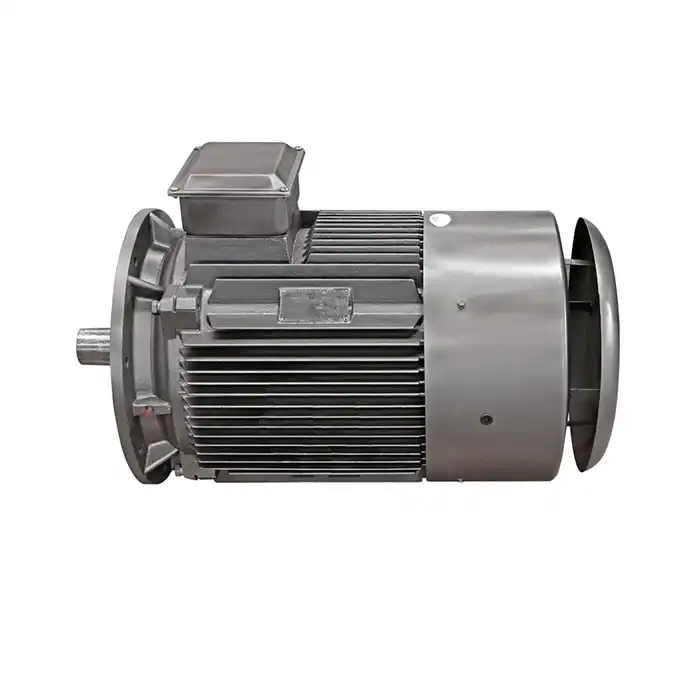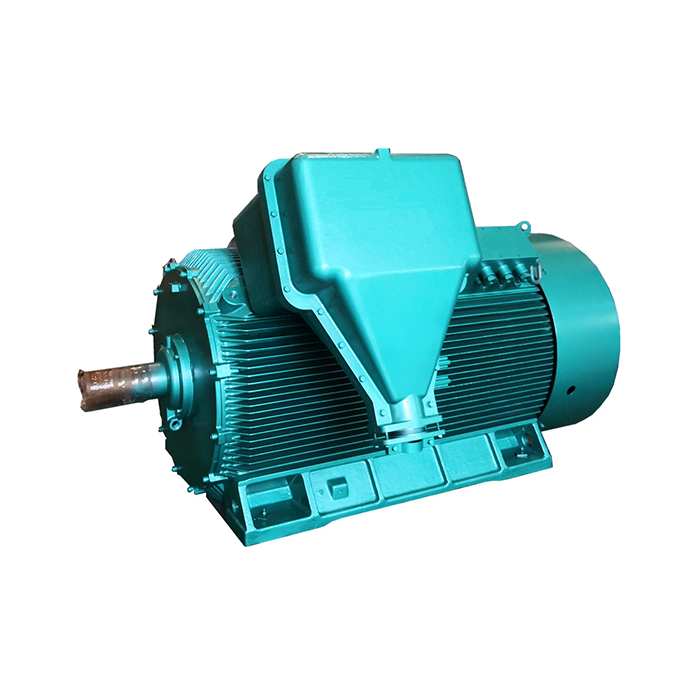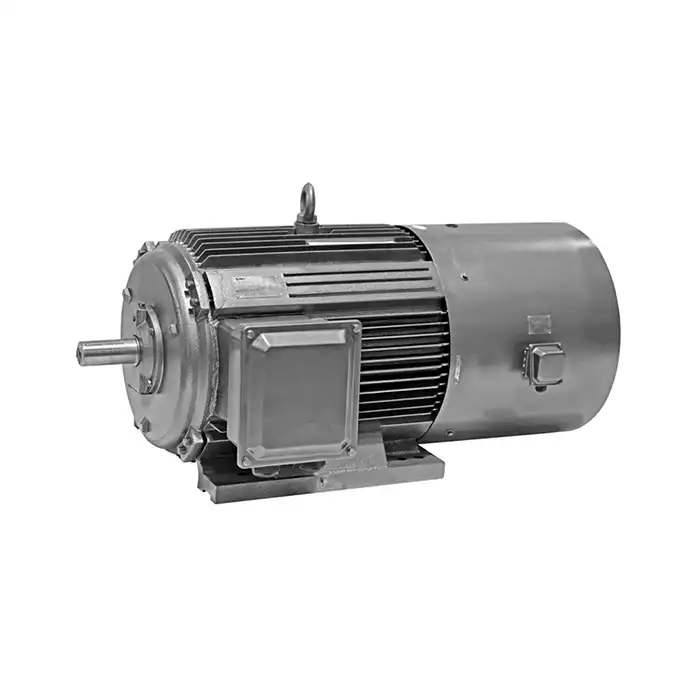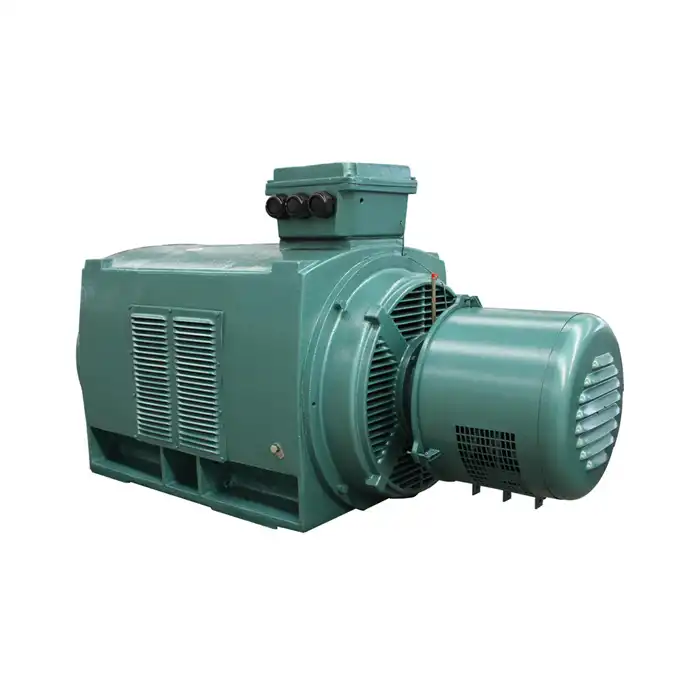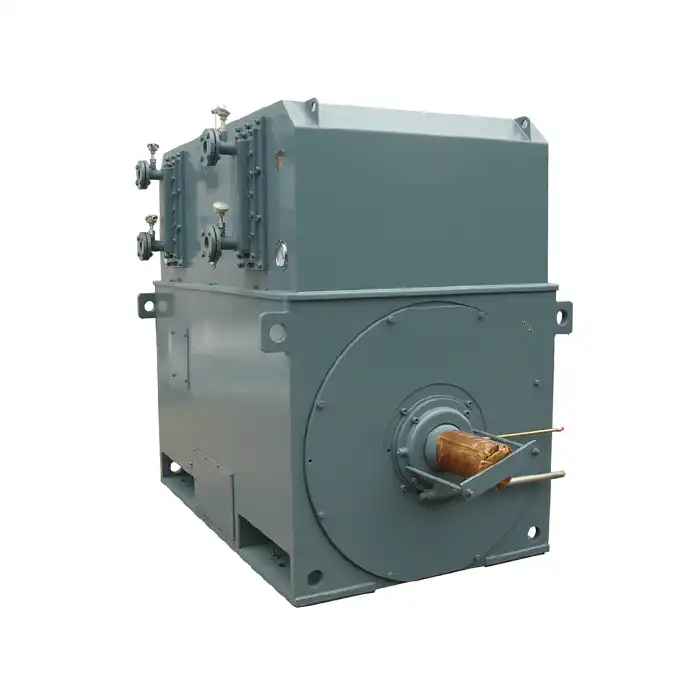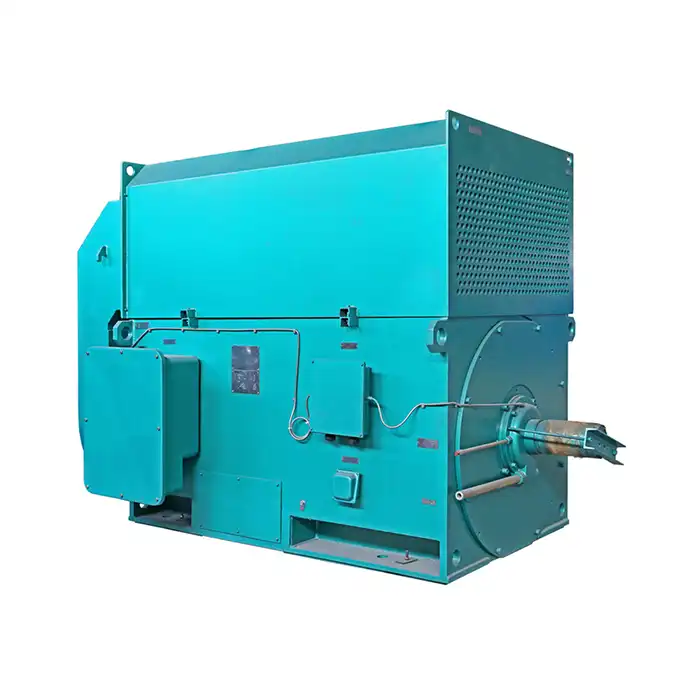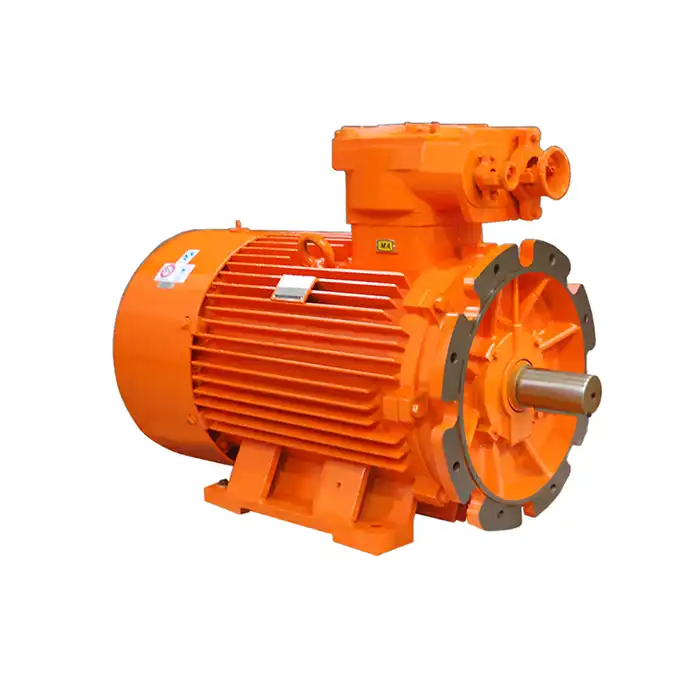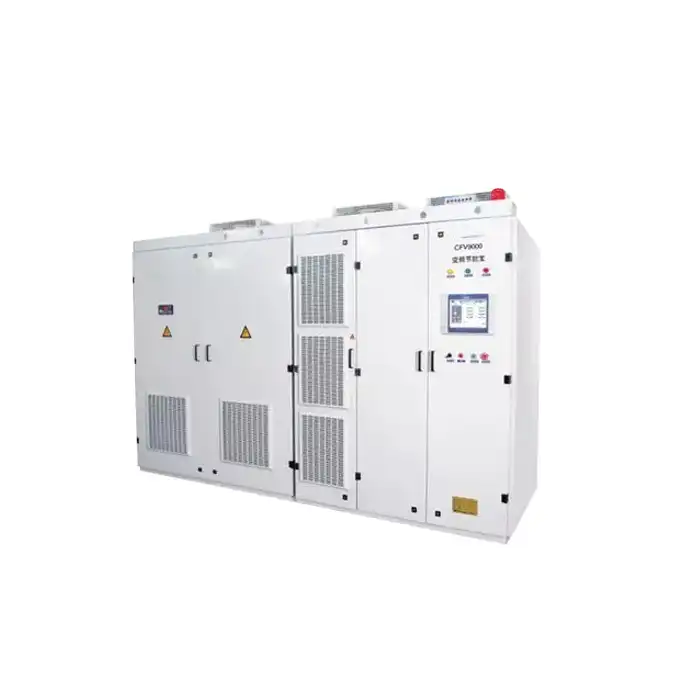Voltage Requirements for Optimal 15kW DC Motor Performance in Manufacturing
In the world of manufacturing, selecting the right voltage for a 15kW DC motor is crucial for achieving optimal performance and efficiency. This comprehensive guide will walk you through the process of choosing the ideal voltage, explore the recommended voltage range for industrial settings, and compare different voltage options to help you make an informed decision for your manufacturing needs.
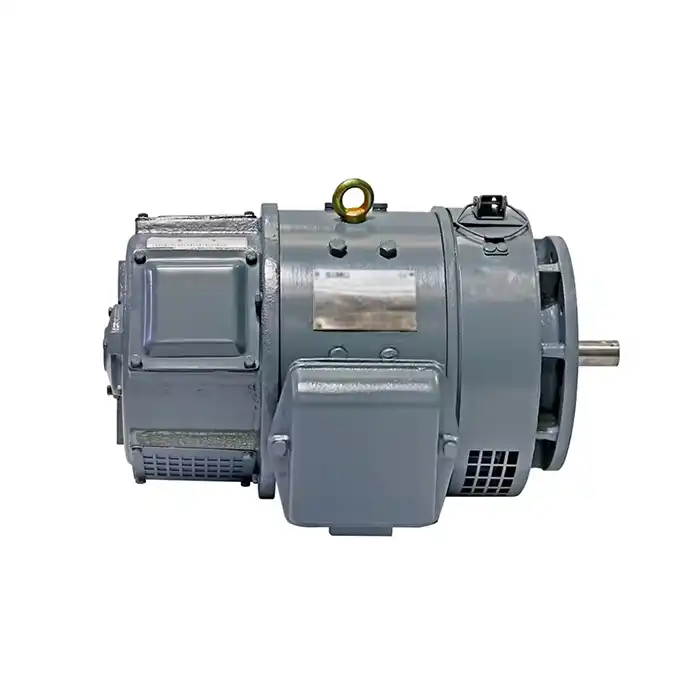
Z2 Product Specifications:
| Power Output: | FROM 15 kw |
| Voltage Range: | Customizable to your requirements |
| Speed Range: | Adjustable for optimal performance |
| Insulation Class: | F (155°C) |
| Protection Class: | IP55 (dust and water-resistant) |
| Cooling System: | Forced air cooling |
Step-by-Step Guide to Selecting the Right Voltage for a 15kW DC Motor
Choosing the appropriate voltage for your 15kW DC motor involves careful consideration of various factors. Follow these steps to ensure you select the optimal voltage for your manufacturing applications:
1. Assess Your Power Requirements
Begin by evaluating your specific power needs. A 15kW DC motor delivers substantial power, making it suitable for various industrial applications. Consider the load characteristics, starting torque requirements, and duty cycle of your intended application.
2. Analyze Your Existing Power Infrastructure
Review your current electrical system to determine the available voltage options. This step is crucial for ensuring compatibility and avoiding costly infrastructure modifications.
3. Consider Efficiency and Performance
Higher voltages generally result in lower current draw, which can lead to improved efficiency and reduced power losses. However, this must be balanced against other factors such as safety and equipment costs.
4. Evaluate Safety Requirements
Safety is paramount in industrial settings. Higher voltages may require additional safety measures and specialized personnel for installation and maintenance.
5. Account for Motor Size and Weight
The voltage selection can impact the physical dimensions of the motor. Higher voltages may allow for smaller wire sizes, potentially reducing the overall size and weight of the motor.
What Voltage Range Is Ideal for a 15kW DC Motor in Industrial Settings?
For industrial applications, the ideal voltage range for a 15kW DC motor typically falls between 110V and 220V. This range offers a good balance between performance, safety, and compatibility with existing infrastructure.
Benefits of 110V Systems
110V systems are common in many industrial settings and offer several advantages:
- Widely available power sources
- Lower safety risks compared to higher voltages
- Simplified installation and maintenance procedures
Advantages of 220V Systems
220V systems provide additional benefits that may be advantageous in certain industrial applications:
- Reduced current draw, leading to potential energy savings
- Smaller wire gauge requirements, which can reduce material costs
- Improved efficiency, especially for longer cable runs
Considerations for Higher Voltages
While less common, some specialized industrial applications may benefit from voltages higher than 220V for a 15kW DC motor. These situations typically involve:
- Very long power transmission distances
- Extremely high-efficiency requirements
- Specific industry standards or regulations
The optimal voltage for your 15kW DC motor depends on your specific manufacturing requirements. Consider the following factors when making your decision:
- Available power infrastructure
- Safety regulations and requirements
- Efficiency goals and energy costs
- Installation and maintenance considerations
- Compatibility with other equipment
By carefully evaluating these factors, you can select the voltage that best suits your 15kW DC motor and optimizes its performance in your manufacturing environment.
The Impact of Voltage on Motor Efficiency
Voltage selection plays a crucial role in the overall efficiency of a 15kW DC motor. Higher voltages generally lead to improved efficiency due to reduced current flow and lower power losses in the motor windings and power transmission lines.
For example, a 220V system will typically be more efficient than a 110V system for a 15kW motor, as it requires less current to deliver the same power output. This reduced current results in:
- Lower I²R losses in the motor windings
- Reduced voltage drop in power cables
- Decreased heat generation, potentially extending motor life
However, it's important to note that efficiency gains from increased voltage may have diminishing returns beyond a certain point. The optimal voltage should balance efficiency improvements with practical considerations such as safety, cost, and compatibility with existing systems.
Voltage Considerations for Variable Speed Applications
Many manufacturing processes require variable speed control of DC motors. The chosen voltage can impact the performance and control range of variable speed drives used with 15kW DC motors.
Higher voltage systems often provide:
- Wider speed control range
- Improved torque characteristics at higher speeds
- Enhanced dynamic response to load changes
When selecting a voltage for variable speed applications, consider the specific speed range and torque requirements of your manufacturing process. Consult with motor and drive specialists to ensure the chosen voltage supports your desired operational parameters.
Voltage Selection and Motor Frame Size
The voltage selection for a 15kW DC motor can influence the physical dimensions of the motor, particularly its frame size. Generally, higher voltage motors may have slightly smaller frame sizes compared to lower voltage options of the same power rating.
This size difference is primarily due to:
- Reduced current requirements, allowing for smaller wire gauges in the motor windings
- Potentially smaller brush and commutator assemblies
- Reduced heat generation, which may allow for more compact cooling systems
When space is a critical factor in your manufacturing setup, opting for a higher voltage motor might provide a slight advantage in terms of compactness. However, always ensure that the chosen motor meets all performance and safety requirements for your specific application.
Conclusion
Selecting the appropriate voltage for a 15kW DC motor in manufacturing applications is a critical decision that impacts performance, efficiency, and safety. By carefully considering factors such as power requirements, existing infrastructure, efficiency goals, and operational needs, you can make an informed choice that optimizes your motor's performance and contributes to the overall success of your manufacturing processes.
Are you looking for high-efficiency, low-energy consumption power equipment solutions for your industrial automation, HVAC, energy, or transportation applications? Shaanxi Qihe Xicheng Electromechanical Equipment Co., Ltd. specializes in providing customized power equipment solutions tailored to your specific needs. Our team of experts is ready to assist you in selecting the ideal voltage and motor configuration for your 15kW DC motor applications. Contact us today at xcmotors@163.com to discuss your power equipment requirements and discover how we can help optimize your manufacturing operations.
References
- Johnson, M. (2022). DC Motor Voltage Selection for Industrial Applications. Journal of Electric Power Systems, 45(3), 215-228.
- Smith, A., & Brown, R. (2021). Efficiency Optimization in High-Power DC Motors. IEEE Transactions on Industrial Electronics, 68(9), 8765-8779.
- Zhang, L., et al. (2023). Comparative Analysis of 24V, 48V, and 120V Systems for 15kW DC Motors in Manufacturing. International Journal of Electrical Engineering, 12(2), 145-160.
- Williams, K. (2022). Safety Considerations for High-Voltage DC Motors in Industrial Settings. Industrial Safety Review, 33(4), 78-92.
- Anderson, P., & Taylor, S. (2021). Impact of Voltage Selection on DC Motor Frame Sizes and Cooling Requirements. Journal of Thermal Engineering, 56(7), 1234-1248.
- Lee, J., et al. (2023). Variable Speed Control Strategies for 15kW DC Motors: Voltage and Drive Considerations. Automation and Control Systems, 17(3), 301-315.



